In Southern Africa, El Niño drought leaves a trail of scorched harvests and hunger
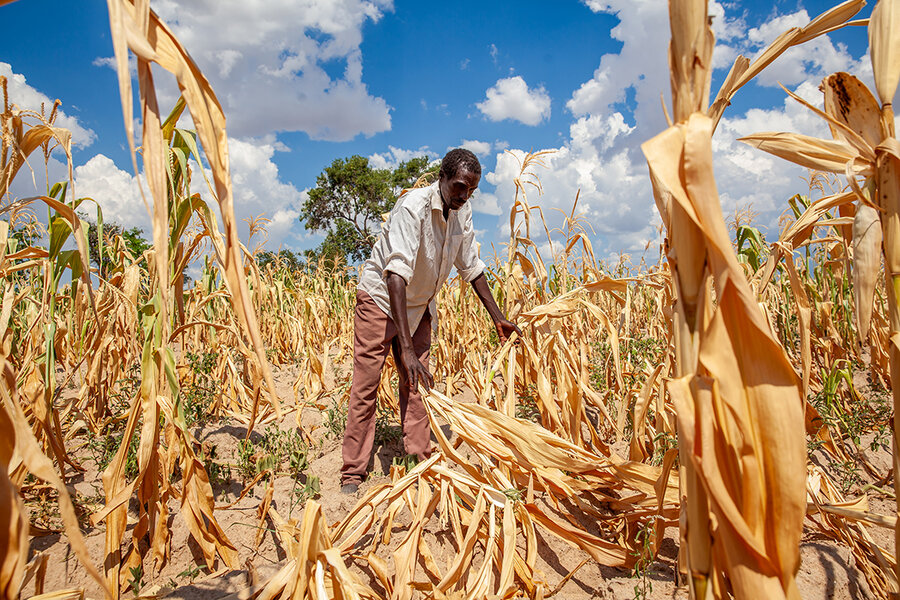
A map of soil moisture levels – from NASA’s Earth Observatory – makes Southern Africa look like the lung of a person in need of urgent medical care. Red blotches mark concentrations of drought caused by the El Niño weather phenomenon – a slow-onset wrecker that arrived in July, leaving parched fields and a rise in ‘acute’ hunger in its wake.
The solution is simple. “We need irrigation,” says Menghestab Haile, World Food Programme (WFP) Regional Director for Southern Africa, noting that WFP's call for resources and funding went unheeded earlier this year. “Water, water, water – if we’d had the resources to expand irrigation, farmers could produce more food.”
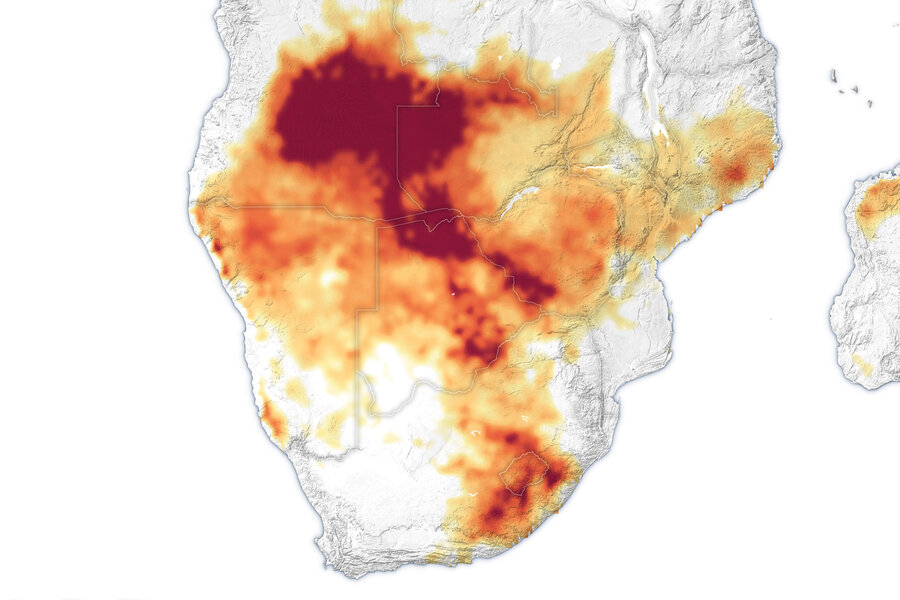
Though a natural phenomenon – a disruption of rainfall patterns caused by the warming surface waters of the eastern Pacific Ocean – El Niño is the last thing a region regularly struck by extreme weather caused by climate change needs.
From Angola to Zimbabwe, El Niño left normally fertile soils arid, interrupting the production of staples such as maize. This severely reduced people’s access to food as stocks dwindled amid soaring prices.
‘El Niño disproportionately affects women and girls’
Meanwhile, cherished and valuable livestock died. Malawi, Zambia, and Zimbabwe have declared national emergencies after rains that failed to arrive in November and December crushed harvests in January and February.
“Governments are doing their best but cannot deal with a shock on this scale,” says Haile. “Appealing to the international community is not a decision they take lightly – it’s a mark of how serious the situation has become.” This means preventative measures such as crop insurance are “overwhelmed.”
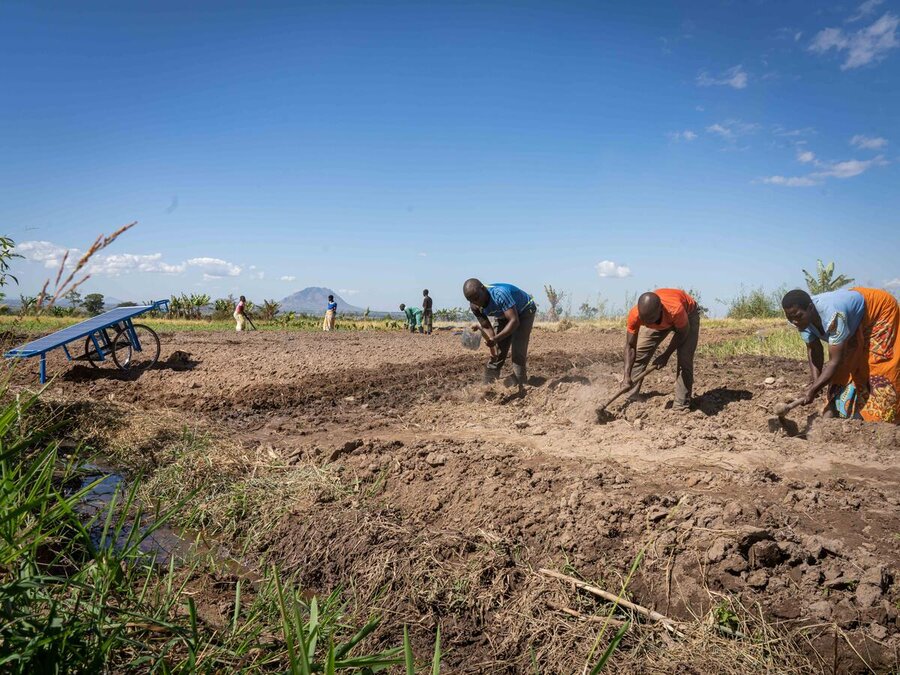
Nearly 5 million people in the worst-affected countries need assistance. Limited amounts of food are in store in countries such as Tanzania and South Africa but it’s nowhere near enough. Zambia should be a ‘breadbasket’ its regional neighbours can rely on, but it too is heavily dependent on rainfed agriculture, “so there are no reserves,” says Haile.
In recent months, the number of people WFP is targeting with assistance in the country has more than doubled from 475,000 to 1 million. The Government is also looking to import from outside of the region – which could take three to four months.
In a video posted on WFP Zambia's X (formerly Twitter) account, Mervis Sheleni, who heads a women’s savings group in Rufunsa district, has spoken of how resilience projects for smallholder farmers like herself are being hit in the country.
“In 2023 we would sell our harvests such as pumpkins, groundnuts and other crops by the roadside, but the situation is no longer the same because of the drought,” she said. “When it comes to savings, those who could save the most and those who could save larger amounts are saving less too. Even if you got a group loan ... repaying would be an issue because there is no harvest.”
Haile adds that, during a drought, women are exposed to singular risks as it falls to them leave the safety of their homes “to be going for miles and miles trying to find wood and food,” while girls will be the first to leave schools to help their mothers. “El Niño disproportionately affects women and girls,” he says.
WFP urgently needs US$409 million to provide critical assistance over six months. The Catch-22 is that there can’t be funding until we have “commonly agreed numbers on how many people are impacted,” says Haile.
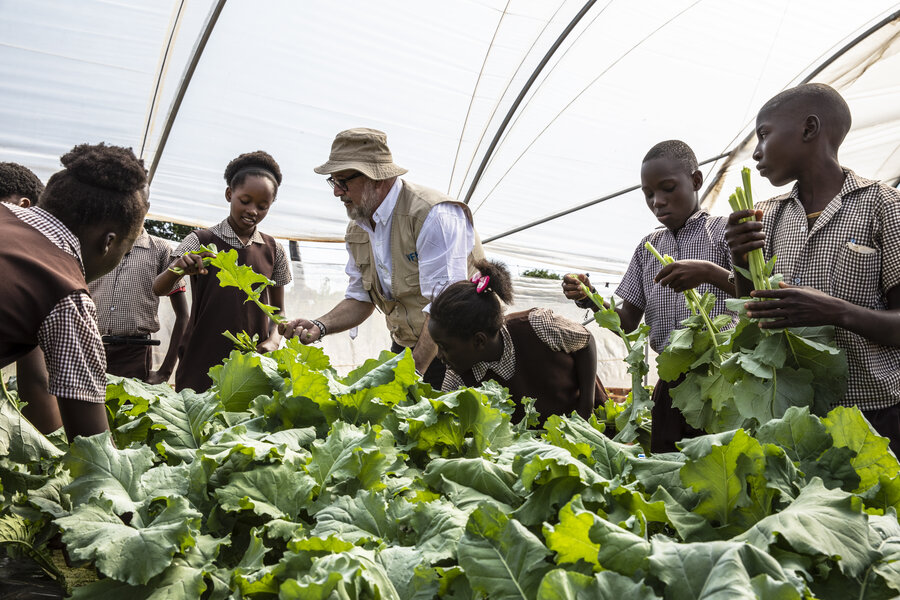
“Then we’ll know how much food we need and for how long.” Those numbers, however, are not due until late May or June. “We cannot wait,” he says.
Paul Turnbull, WFP’s Country Director for Malawi – where WFP is staging its biggest El Niño response in Southern Africa – agrees. ”We need to get cracking now while there’s still time to act,” he says. “We are trying to get ahead of the game by arranging for imports as soon as possible.”
According to the Government, the harvests of around 2 million farming families have been hit. “That equates to about 9 million people out of 20 million people in Malawi – higher than the 40 percent of the population we had anticipated,” says Turnbull.
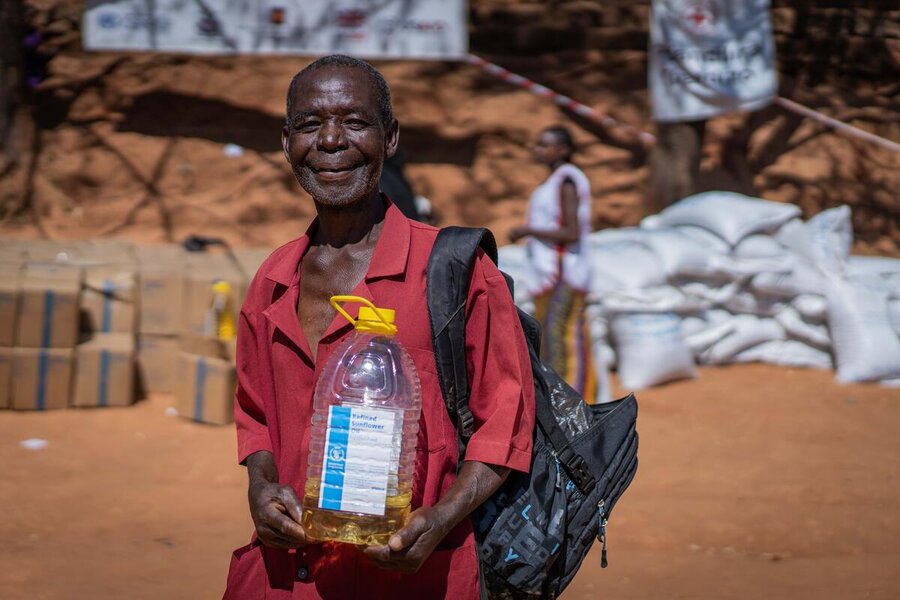
WFP is aiming to reach 2 million people in Malawi. “We are seeing a surge in cases of moderate and severe acute malnutrition at the health centres”, says Turnbull.
“In the middle of the lean season back in November, we found that nine out of ten Malawian families were indulging in some sort of negative coping mechanism – adults not eating so their children could eat, people selling things they would normally use for productive purposes.”
‘We can avert a hunger catastrophe for the hardest-hit families, but time is not on our side’
Turnbull adds that in 2024, “there will be a lot of pressure on the logistic system, especially the ports” regionwide. Even in a good year, they get quite congested with fertilizer in the period leading up to the planting season, in October-November.
“So we need a lot of coordination and effort to get the food that’s needed for the other affected countries in the region through the ports and into the countries.”
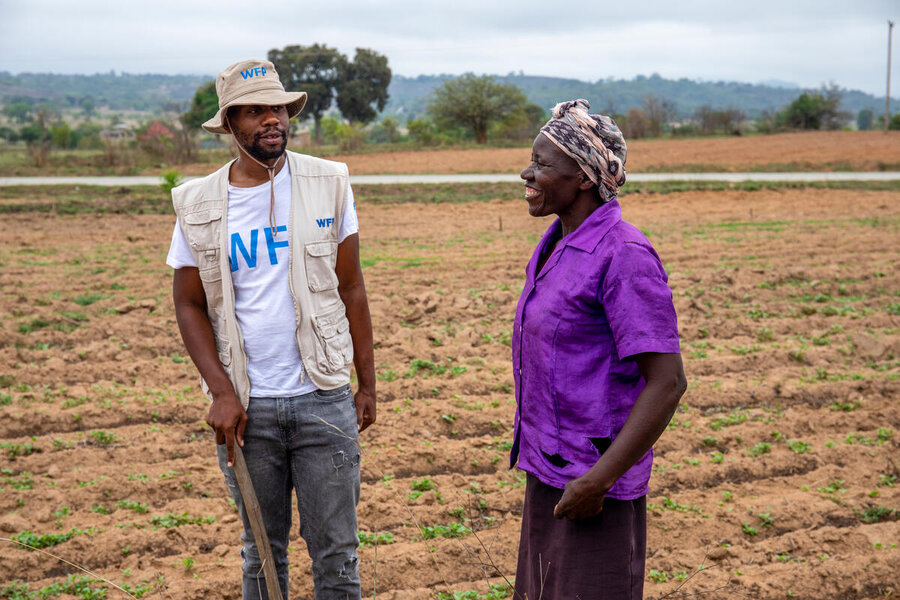
Menghestab Haile fears untold consequences without an urgent collective response. “If there is no food in the neighbouring countries, what would be the implications for DRC?” he says, adding that displaced people in the conflict-riven Democratic Republic of the Congo depend on food imports from neighbours.
“At this stage, we’ve yet to establish how many are moving from rural to urban areas, but people will move,” adds Haile. “When you have nothing in your place, and we have seen it in other places, when there is no food in your environment, then you move, you assume that there might be something better in the urban areas. And that's why also the governments are starting early.”
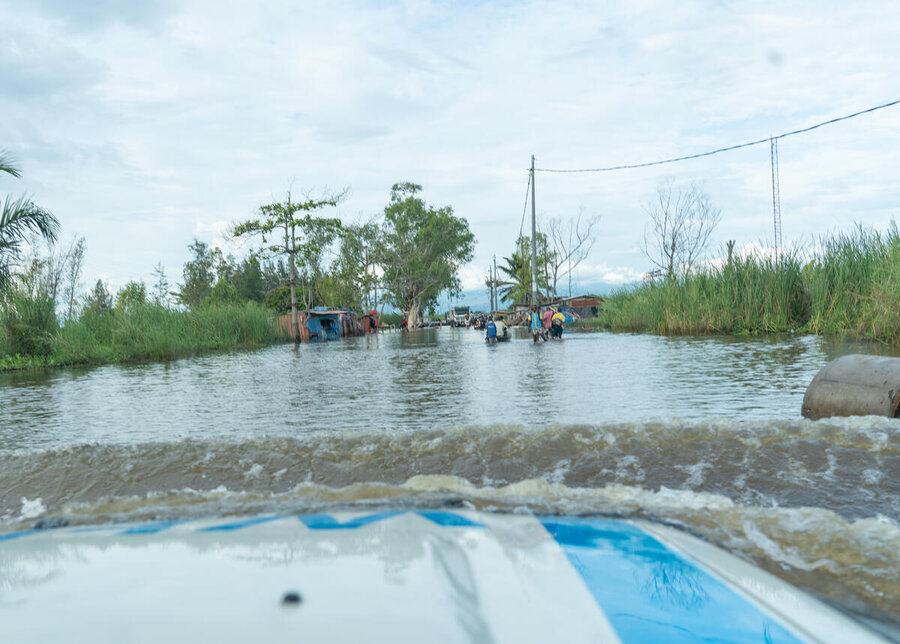
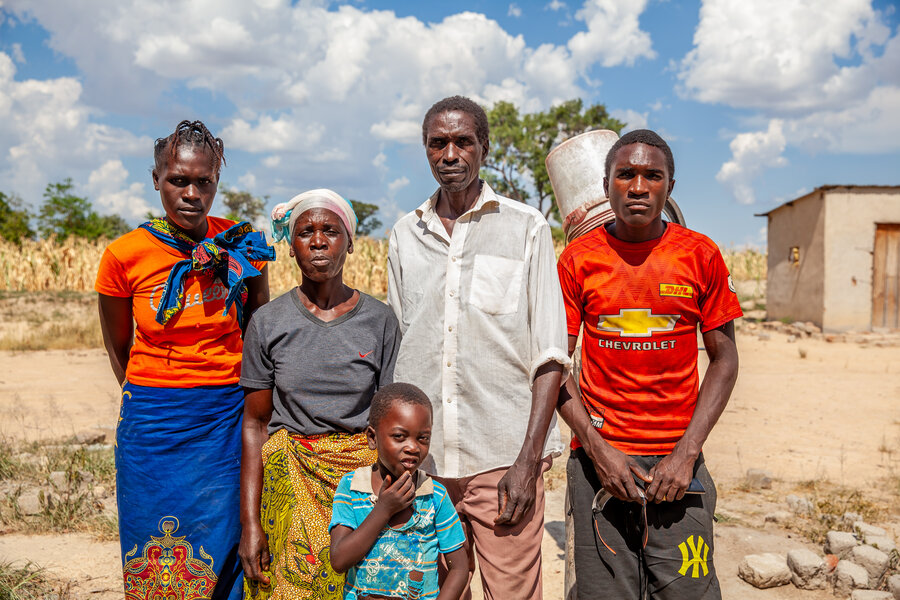
While this highlights the importance of resilience programmes such as school feeding which encourage people to stay put, relief has to come first.
“We can avert a hunger catastrophe for the hardest-hit families, but time is not on our side,” says WFP Malawi's Turnbull. “I'm calling on the international community to step up now and help us save lives.”
“We need to address it, but for the longer term, if we're going to build resilience and reduce the number of people needing relief in the lean season, then resilience is the way to go.”
Then Southern Africa might not look quite so poorly on a map.

